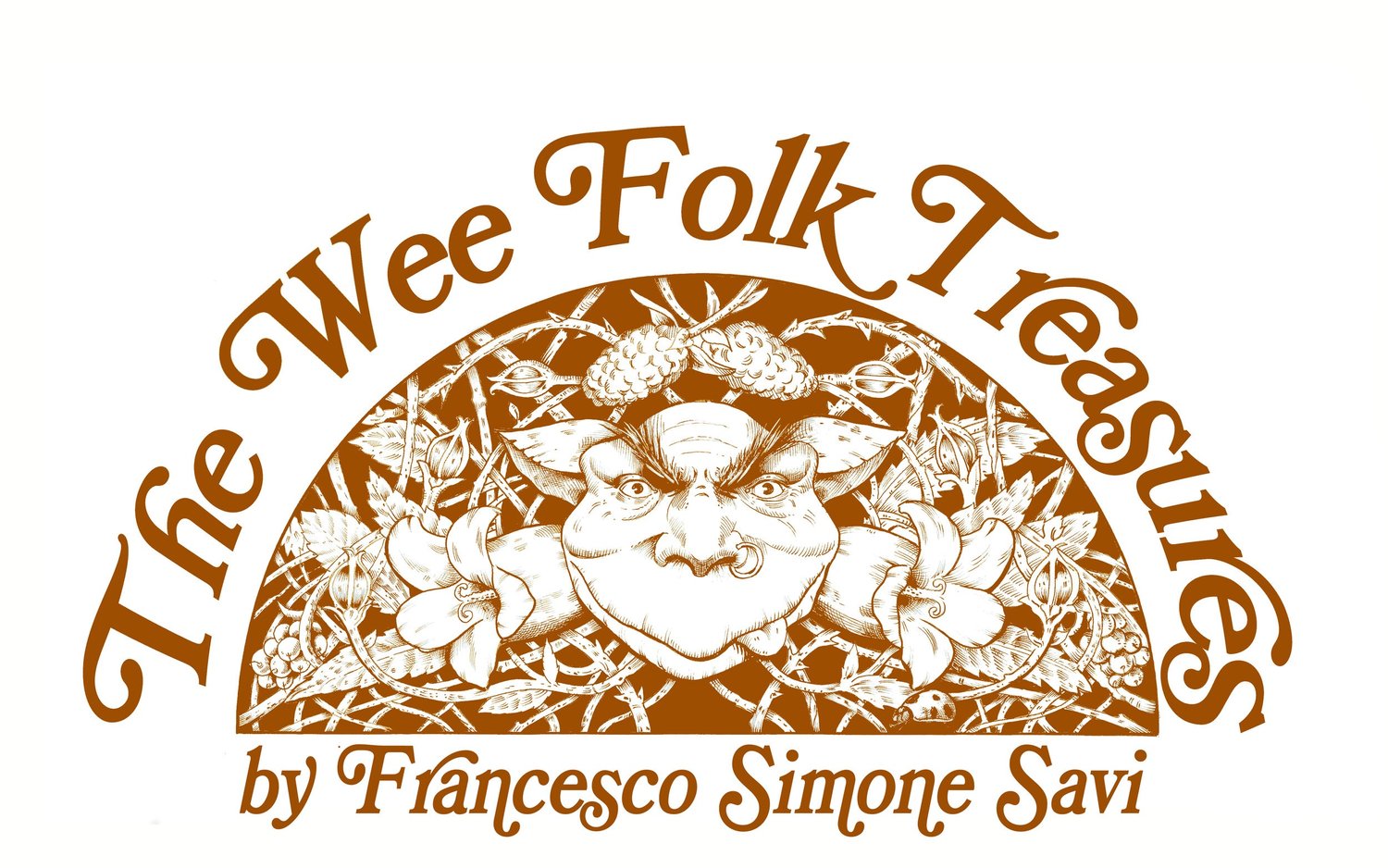I remember when digital illustration started becoming more and more relevant. I was still in school, but I remember that time well—mostly because the same kinds of conversations we're having now about A.I. 'art' (it’s not art) were happening back then about digital illustration and how it disrupted traditional illustration. Of course, the impact we’re seeing today is on a whole other level. What we’re dealing with now is a hundred times more disruptive than what happened twenty years ago.
Back then, digital illustration took time to evolve and become as sophisticated as it is today. A.I., on the other hand, seems to be improving exponentially—week by week. That relatively slow growth of digital art gave traditional artists a little breathing room. It didn’t spark a full-blown panic. But still, the shift had a big impact. Traditional illustrators began losing work as companies moved quickly toward hiring digital illustrators. It made sense from a business standpoint: faster turnaround, lower costs, and more control for clients. Digital art allowed for endless revisions, something traditional media just couldn't compete with. The result was the same across the board—digital art became the dominant medium in the industry (although not always the best option with concern to the results).
I remember the arguments at the time: “Digital artists won’t replace traditional artists, they are just using another tool.” And yet, over time, the industry leaned heavily into digital, leaving many traditional illustrators scrambling to adapt (sounds familiar?).
What’s happening now feels like a repeat of that shift—but bigger.
A.I. image creation feels like a threat to all artists, but in some ways, it’s hitting digital artists the hardest.
I’m not an expert in A.I., but I’ve spent a lot of time looking at the images it produces. To me, the level of nuance needed to convincingly mimic traditional media still isn’t quite there. I don’t doubt that it’ll get there eventually—tech always does—but for now, nothing it generates in that style really satisfies the eye. In the few examples of A.I. imagery replicating well traditional art, there is always a layer of ‘plasticity’ lingering over the painting. What A.I. can do exceptionally well is digital art. The two share a certain DNA after all. I’ve seen A.I. create manga-style illustrations that are surprisingly convincing. Clean, line-driven images or simple graphic compositions are especially easy for it to replicate. Realistic illustrations of simple objects are also quite easy to produce with A.I. (think those cute little airbrush fruit illustrations so popular in the ‘80s.)
I’m genuinely worried about the future of illustration. But as a traditional illustrator, I can’t help but feel like I might have a small edge over my digital peers. There’s something about creating a finished piece—on paper, canvas, whatever it is—with real pigment, real brushes, real tools. That physicality, that human-made object, might end up being the one thing that sets traditional artists apart in the long run.
In a world oversaturated with A.I.-generated visuals—where anyone can be an “illustrator”—demand will level out fast with styles that could be ‘globalized’ (most digital illustrations seem to be similar to me already). Every corner of the industry will be crowded. But there’s one space that might remain sacred: the world of original, physical art. A.I. and digital tools can’t produce that. Even if one day robots can paint with actual brushes and create work on canvas, it still won’t come from a human place. It’ll be art born from code, memories packed into an NVIDIA chip—not lived experience. The market for original art, intended as a piece of substantial tangible physical art, could grow quite fast as people will look for uniqueness, from conception to reproduction(a reproduction of a unique painting is still unique!).
Not to mention the fact that A.I. imagery cannot be copyrighted at the moment, since copyright protection requires a human author (original artwork can).
This poses a whole lot of different headaches. Your A.I. imagery can be used and ‘stolen’ by an uncountable number of people, and no one will owe you a penny for its use. The internet is already a place where images are shared and used with little consent by original authors, but when it comes to corporations and contracts, not owning the images that support the product you’re marketing poses real and consequential problems. Example: Let’s say the ultimate gaming company starts generating A.I. “illustrations” to support their products. Those images could be used by anybody (including you), slapped on coffee mugs and T-shirts, and sold all over Etsy—and that corporation couldn’t even send you a cease and desist.
I know I’m holding onto a very thin rope. I’m not naive; the art of illustration is going to suffer in many ways. But I’m thinking about those who will manage to rise above the noise. The ones who’ll find a way to stay relevant. It’s a bleak future, sure. But I do believe that traditional illustrators may have a slight edge—and that gives me some hope.

